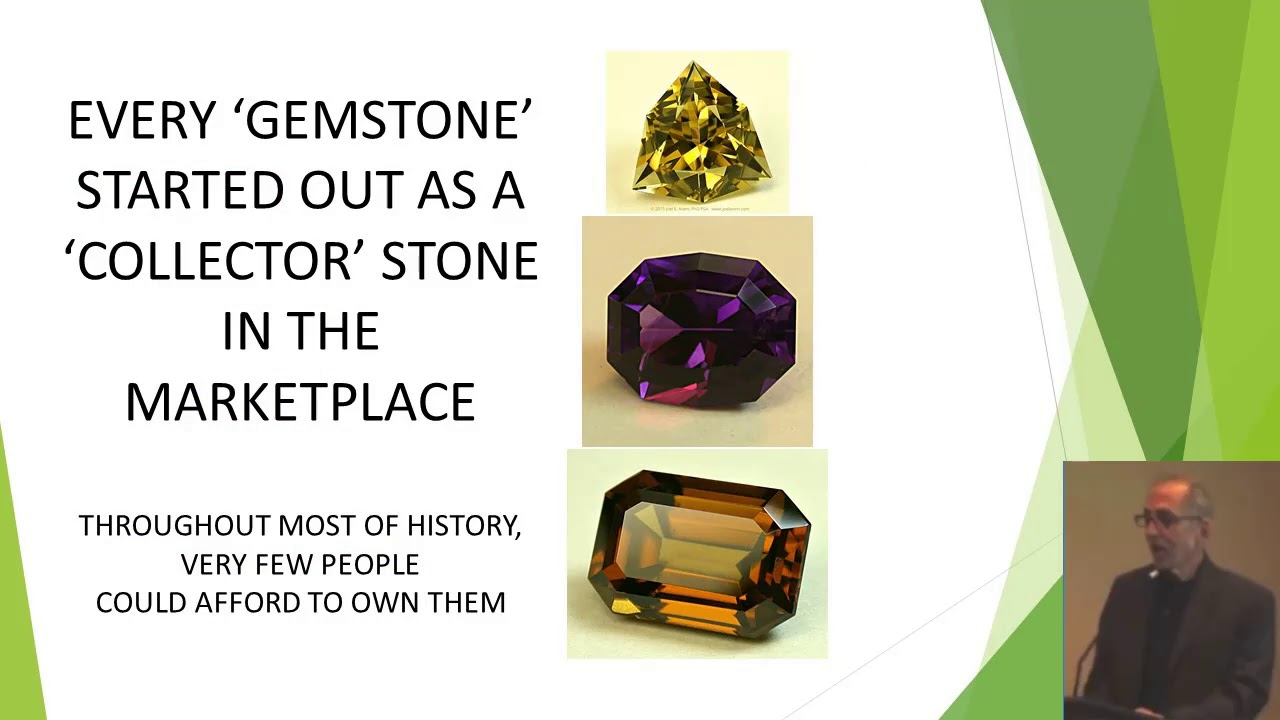Hi Andrew,
Good questions. One lexicon can differ from another.
Merriam-Webster states what you quoted:
“…of precious stones usually other than diamonds.”
Oxford has a more generic term:
“a person who cuts, polishes, or engraves gems.”
And it would best to leave Wikipedia outside of the evidence bag… 
In context, these dictionary definitions are wrought with basic terms and are without sustance. They understand the concept, but do not go beyond the generic syntax.
I can only speak from my experience, here.
I don’t think I would be able to jump into the diamond cutting world without some sort of apprenticeship under my belt. I am learning how to facet colored gems (on my own), but a diamond cutter is a specialized role, who probably started out as a lapidarist.
The whole diamond industry is a specialization. It all comes back to the money train.
However, a loose diamond, like any other loose gemstone, does not become whole until it is mounted in a wedding band, pendant, set of earrings, etc. or on its way to the collector. It is just a faceted stone. The cutter and dealer still rely on the other parts of the industry, to move the faceted stone and get it to the Auctioneer or broker, or to the Bench Jeweler, Goldsmith, Silversmith, or other Metalsmith to set it into a piece of jewelry that was designed and fabricated for it.
Sure there are some differences when diamond specialization and the “other” gemstone specializations are juxtaposed. Nonetheless, they are all part of the whole machine and no less important than the other. IMHO.
Cheers!
Troy
